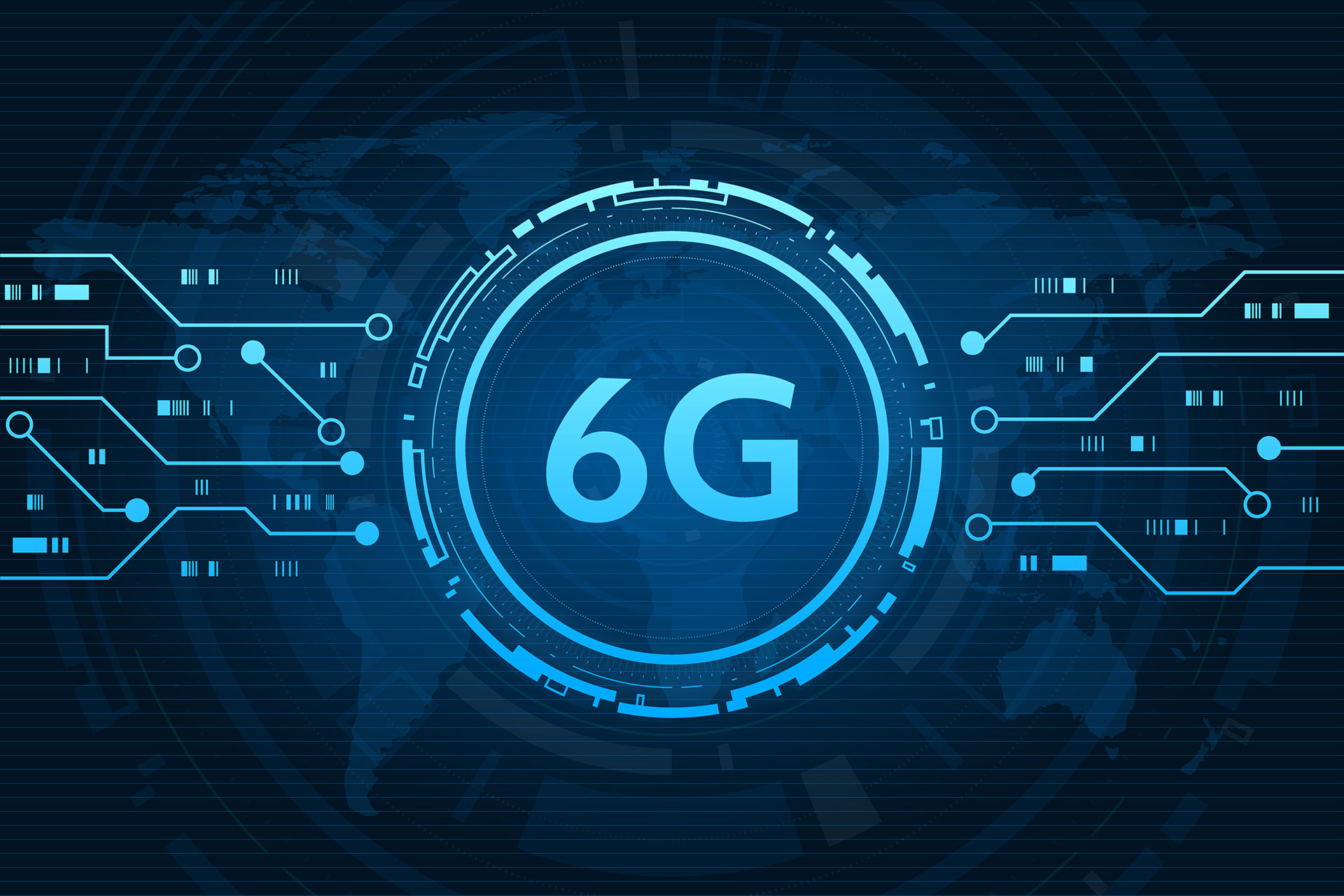6G – How We Got Here and Where It Will Take Us Next
Mobile communication technology has experienced serious technological advances in the last four decades. Car phones and bag phones are a distant memory to the Gen X population, and young adults today can’t imagine a cell phone with an external antenna. So how did we end up with cellular service that provides seamless streaming of high-definition movies and instant messaging that connects us immediately with anyone across the globe? Where will this technology go from here?
Let’s take a look.
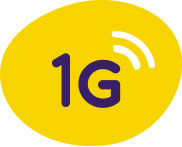
The first commercially automated mobile network, 1G (first generation), launched in Tokyo, Japan in 1979. The technology was very expensive and had poor sound quality with limited coverage. Yet, this audio only cellular service obviously had huge potential and set the stage for technology that would change communication as we know it.
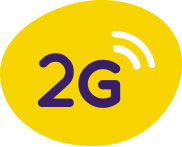
Fast forward to 1991 and the second generation of mobile networks deployed in Finland. 2G was far superior to its first generation parent, and brought with it better and wider coverage, clearer voice transmission, and the ability to support multimedia. Speeds were still very slow at up to 256 Kbps, but it was a better mobile experience by far.
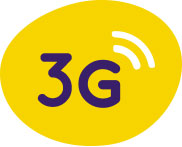
Only one decade later, 3G was introduced in 2001 with technology involving “packet-switching.” This advancement provided better connectivity for data packets that provide a foundation for internet connectivity, 3G’s aim was to establish a single network protocol in an arena with many different protocols and providers. 3G allowed for standardized international roaming and global ability to access data. Speeds grew to 2 Mbps, location-based services became popular, and video conferencing became a standard. This technology also brought about the smartphone. Essentially, our cellular telephones became mini computers at our fingertips.
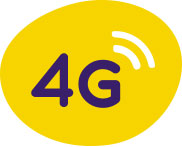
Norway and Sweden were the first countries to deploy LTE (long term evolution) 4G technology in 2009. Transmission speeds of up to 200 Mbps brought the highest quality streaming yet for mobile technology. It improved upon earlier generations with a wider range of frequency spectrum that limited its predecessors.
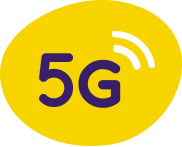
Why can’t we all just get along? We can, as 4G and 5G share the same core network and coexist at he present time. The biggest change in 5G service is speed. Radically faster internet up to 20 times faster with 120 times less latency is what 5G offers over 4G. Latency refers to the slowing of data exchange through network bottlenecks that slow response. 5G makes ideas like virtual reality come to life because there is just about no lag tie in back-and-forth communication. 5G offers network speeds that rival fiber optic connectivity. 5G began rolling out in early 2019. As of October 2020, 5G service was available nationwide.
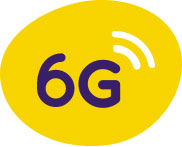
This brings us to the current development of 6G. It is not expected to be ready and deployable until at least 2030, but it will take mobile communications even further. The goal, in essence, is instant gratification. No swirling circles or progress bars to watch on your device. Even faster in comparison to today’s lightening fast connectivity, your movie, conversation, game, etc. will just be available instantly. Because 5G technology is still relatively new, researchers are finding weaknesses and concerns that can be corrected with the introduction of 6G service. Beyond improving what is already there, possibilities like immersive virtual reality and hologram video calls may be possible.
The potential impact of 6G capabilities include the ability of cyberspace to support human thought and action in real time with wearable devices, and this takes healthcare diagnosis and treatment to an entirely new level as well. Designing how to achieve this extraordinary speed is still being worked out. IT will likely include ultrahigh frequencies in the radio spectrum or even terahertz ranges. This will also require new devices that can handle 6G technology.
Technology will never stop evolving, and your organization deserves
a communications company that stays ahead of the curve
a communications company that stays ahead of the curve
Gabbit’s state-of-the-art VoIP platform connects your business with the world. We serve businesses across the nation, and you will not find better reliability and service than offered with Gabbit VOIP. Say more and spend less with Gabbit. Give us a call at 855-542-2248.
